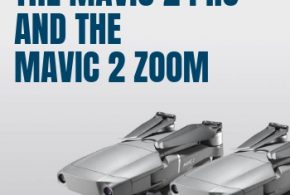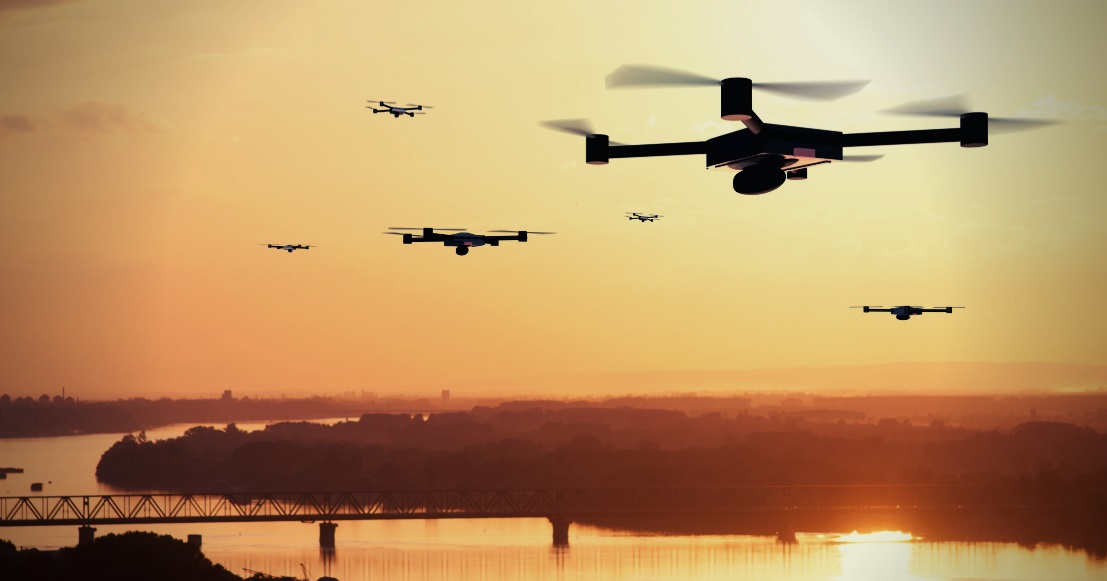Morphing Drones Able To Change Shape To Fit Through Gaps

Drones have always had a place in the world of search and rescue. Being able to get a birds eye view quickly and survey large areas of land is invaluable when every minute counts. While they’ve always been great in the sky, recent advancements have them also getting low and into tight spaces. Enter the morphing drones; drones that are automatically able to change their shape and fit through tight spaces.
There’s been several different teams all around the world that are working on these exact type of drones. Many different designs have been thought up, each one with its own pros and cons.
The team at UC Berkeley has just created one such drone, which they dubbed the “Passively Morphing Quadcopter”. What’s really interesting about this particular drone is its ability to change shape without the need for additional powered hardware. This is a big deal as it means the drones battery life is significantly improved. In a life or death situation you don’t want to waste precious minutes because you’re drone’s battery is dead.

The way it works is by using springs which are always under tension.These springs are attached to each arm of the drone, at the end of which is a motor. When the motors are on they are able to overcome the tension, but when turned off snap back flush with the drone. The drone is able to measure a trajectory, and then shut its motors off at just the right time in order to clear the obstacle. Watching this happen is very exciting, and it’s quite an accomplishment when you stop to think about the work that goes into actually measuring the drones path through an object.
The downside with this drone though is that once the motors are off the only thing propelling the drone is its momentum. Once that runs out, then the drone needs to grow back to its flying size with the motors on, or risk crashing.
A team at the University of Zurich also created their own “morphing quadcopter”. This one uses small motors connected to each of the drone’s arms that move it into different shapes. This uses more battery power, but allows for a great range of motion and sustained transformation. It too is able to use cameras on the drone in order to determine the size of a gap, and then adjust its wings accordingly.
This drone also comes with the ability to inspect the integrity of structures and carry small objects. Both of these features are big wins in a rescue situation, and can be used to help rescuers know if an area is safe, or bring water to those who are trapped.
Another team at France’s Étienne Jules Marey Institute of Movement Sciences has also created their own version of the morphing drone. Using a series of flexible wires, it’s able to adjust its wings in order to move through gaps. In its testing room, it uses a series of cameras that track the drone and help it determine where obstacles are. However, it too is equipped with a high-speed camera that will allow it to judge for itself where obstacles are, and how to adjust to fit through them.
These are just some examples of the exciting work that’s being done in the realm of morphing drones. There’s a lot of interesting work being done, and it’s very exciting to see all the different techniques researchers are using to build the drones.
This is all fantastic news as these types of drones will greatly increase the effectiveness of search and rescue teams. Imagine a drone being able to fly into rubble to find out exactly where survivors are. This type of information could save hours and help focus teams on exactly where they need to be looking. This would be a huge win for search and rescue teams, and promises to be a very impactful use for this new technology.
It’s also important to keep in mind all the additional things these types of drones can do. As mentioned above, one of the drones has the ability to carry small objects while still morphing itself down to fit into small spaces. Imagine that drone carrying water and food to trapped survirors while teams work to get them out. It’s those types of things that can make a huge difference. Who knows what types of other fantastic ideas researchers will come up with in years to come.
If all that doesn’t get you excited, these things are also crazy cool to watch and fly, that’s gotta count for something!





